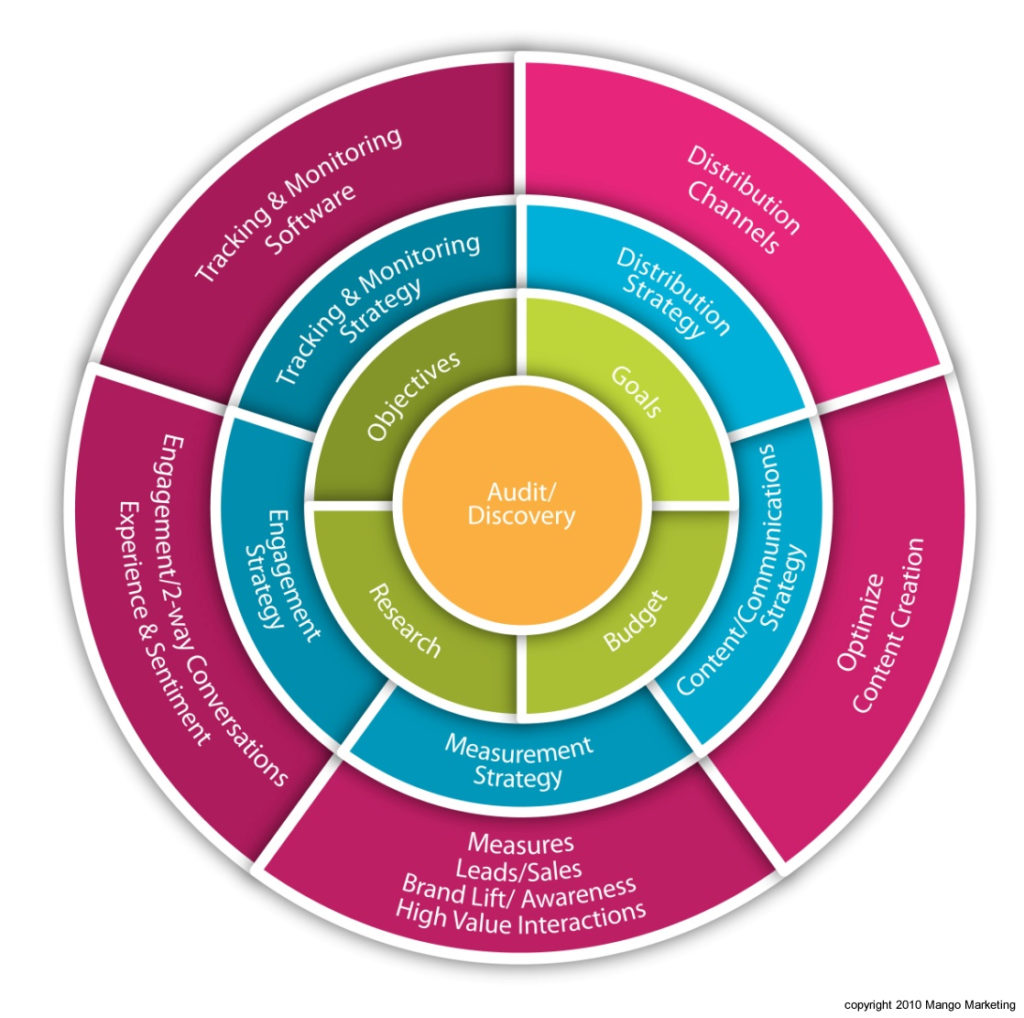Chapter 7: Different Sides of Social
Working on social media for a company or brand starts with an understanding that loving Instagram, having 2,000 Facebook friends or scoring a free burrito by tweeting at the local taco place does not make you a professional. Even knowledge of the major social platforms, what they can do and what content should look like on each one is now just one part of the highly evolved – and constantly evolving – world of social media marketing and communication.
There are also situations where the solution simply doesn’t lie with social media. A plumbing company looking to increase new customers may not need a new Instagram strategy, or even an Instagram account, when it can get a stronger return on investment by optimizing its search engine results to pop up near the top of the page when local residents look up plumbing-related questions.
But for many companies, social media plays a major role in their communication and relationships with key audiences. Steve Michalovich, digital planning consultant with Nationwide’s Enterprise Digital Experience team, has worked in digital strategy and execution for nonprofit and startup companies, agencies and Fortune 100 companies. He emphasizes that from a brand perspective, the strategy for one social media platform or even digital as whole should tie back up into an organization’s larger goals. Social should not live in a silo; “Social should not live in a silo” rather, it should support a larger marketing, communication, brand or digital strategy. Young brands need brand awareness while icons like Coke or McDonalds need to move consumers to the next step, whether that is getting them to go into a store, visit a website or follow another communication channel.
“Good content is key. Obviously you want to publish something that is captivating and useful to the end user. But take a step back and think about why we’re on social,” says Michalovich. Ask what conversation you want to spark with your following on social media. Ask how you will speak to followers and what exactly you’re going to be saying. Understand what’s going on “top of the house” for the brand and the conversation it’s trying to instill, Michalovich explains. “It all comes down to the user base you’re trying to attract – what do they expect and what do they need from the brand and what are they doing on social.”
Deirdre K. Breakenridge, author of Social Media and Public Relations, developed the Social Media Strategy Wheel that illustrates how strategy touches every step in the process of developing strong social media strategy and content. The core is audit and discovery, which keeps both the social media strategy and content firmly rooted in the brand’s identity. Moving outward, the next ring identifies goals and objectives, applies research findings and incorporates the budget limitations. Spokes then grow from this hub and show how strategy impacts not only the content itself, but the way it is distributed, the engagement with communities and the monitoring and measuring aspect.

Michalovich agrees that social media is much more than just good content. It’s a larger and intentional process that includes:
- up front strategy
- content creation
- community management
- analytics and reporting
The following chapters will expand on these four steps and show how the process of strong social media strategy development moves from the center to the outer rings of the Social Media Strategy Wheel above.
